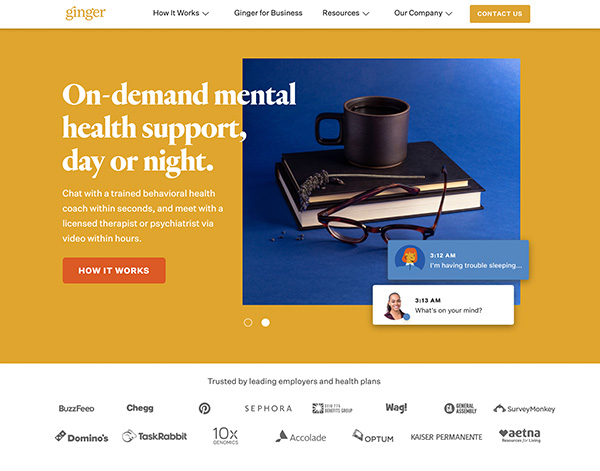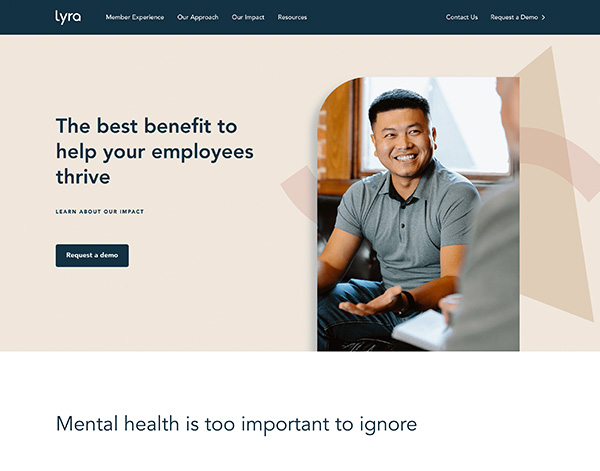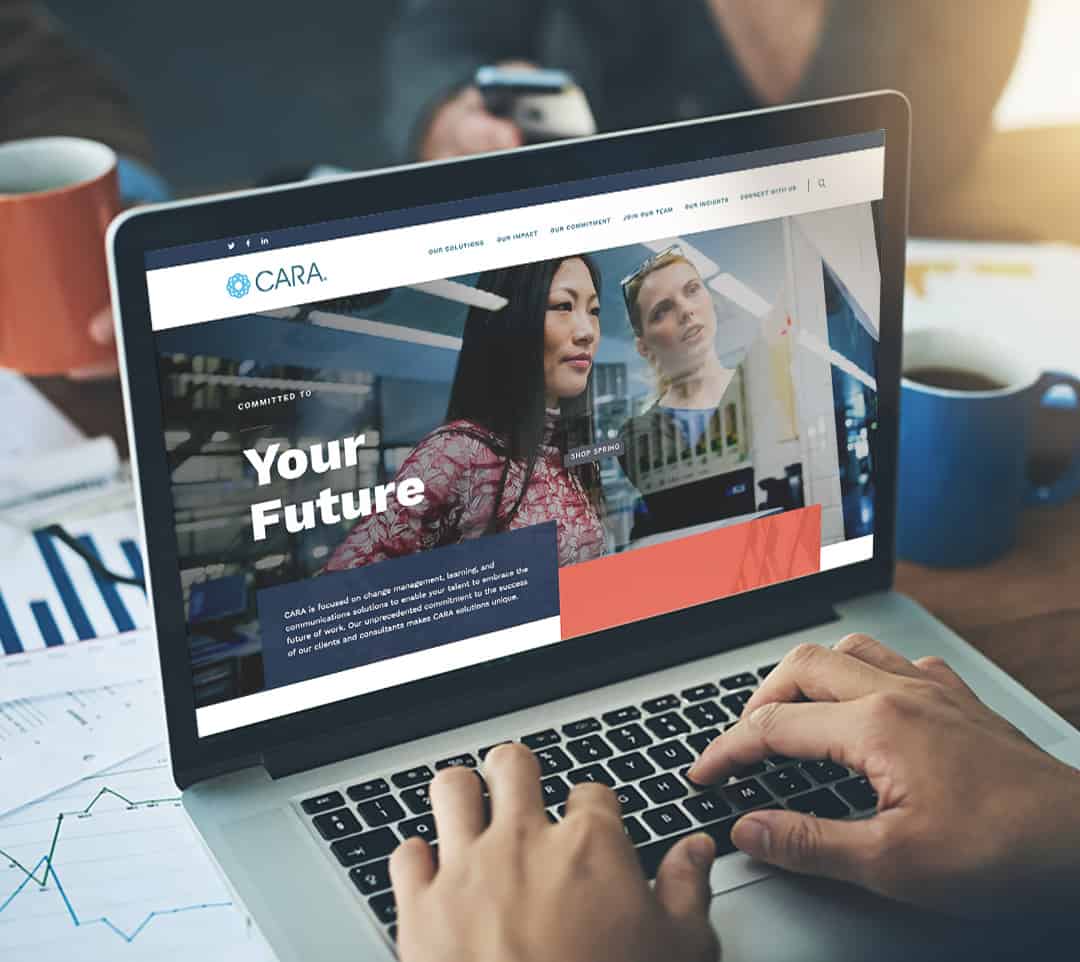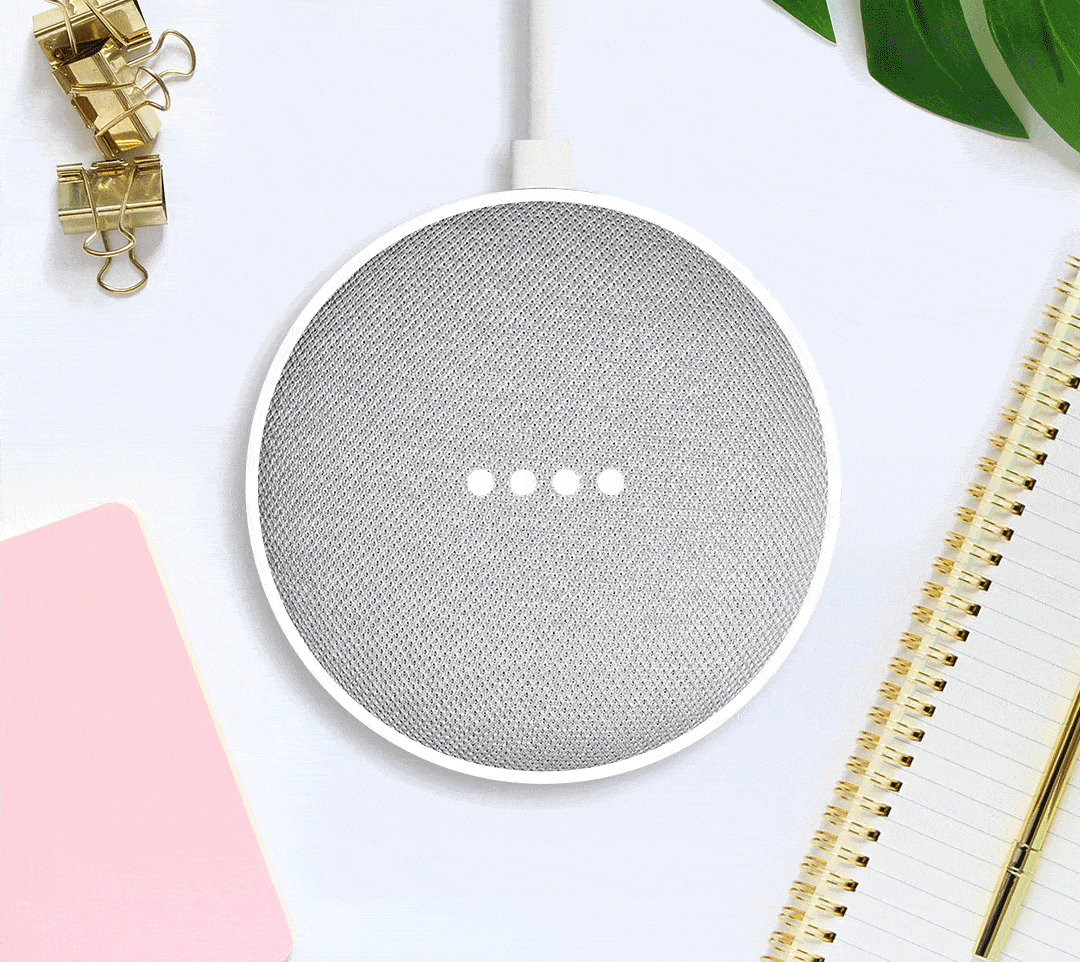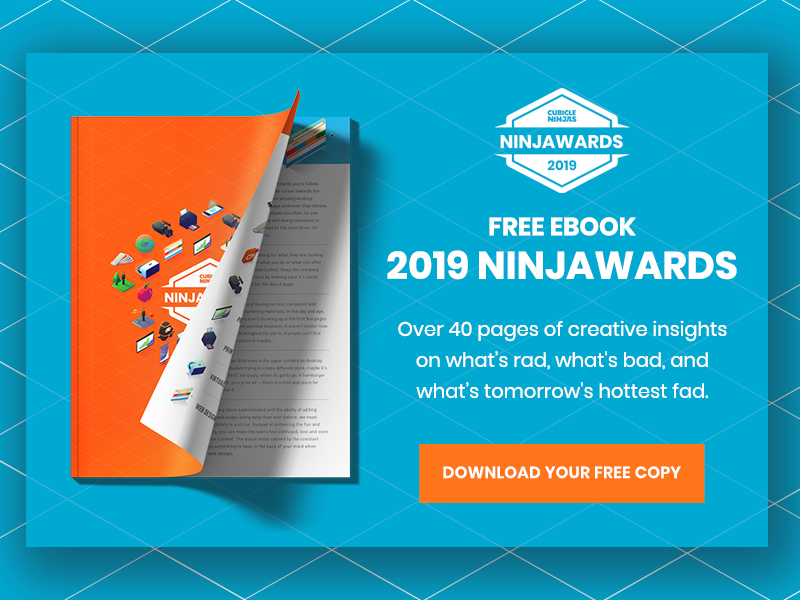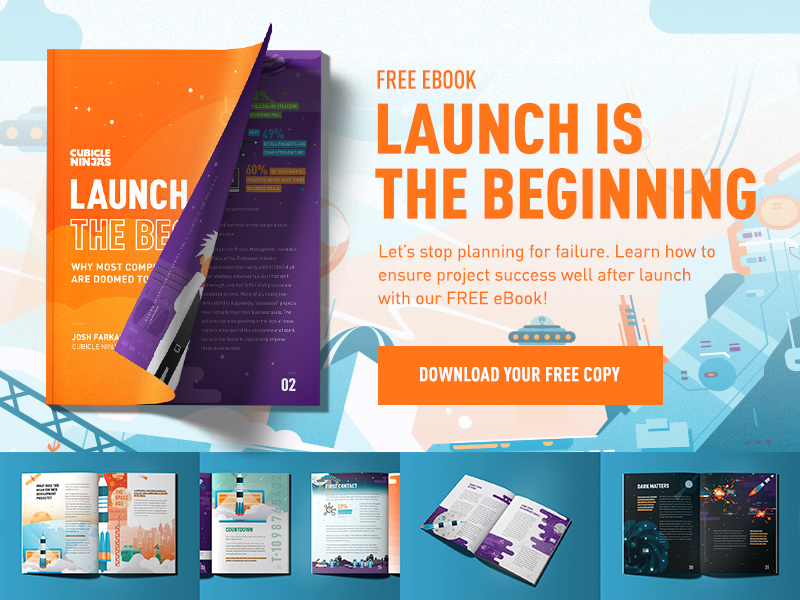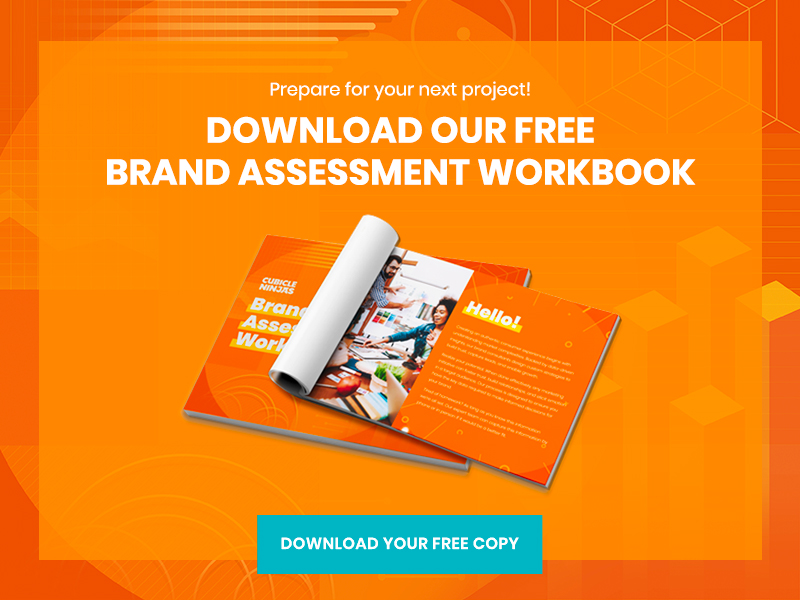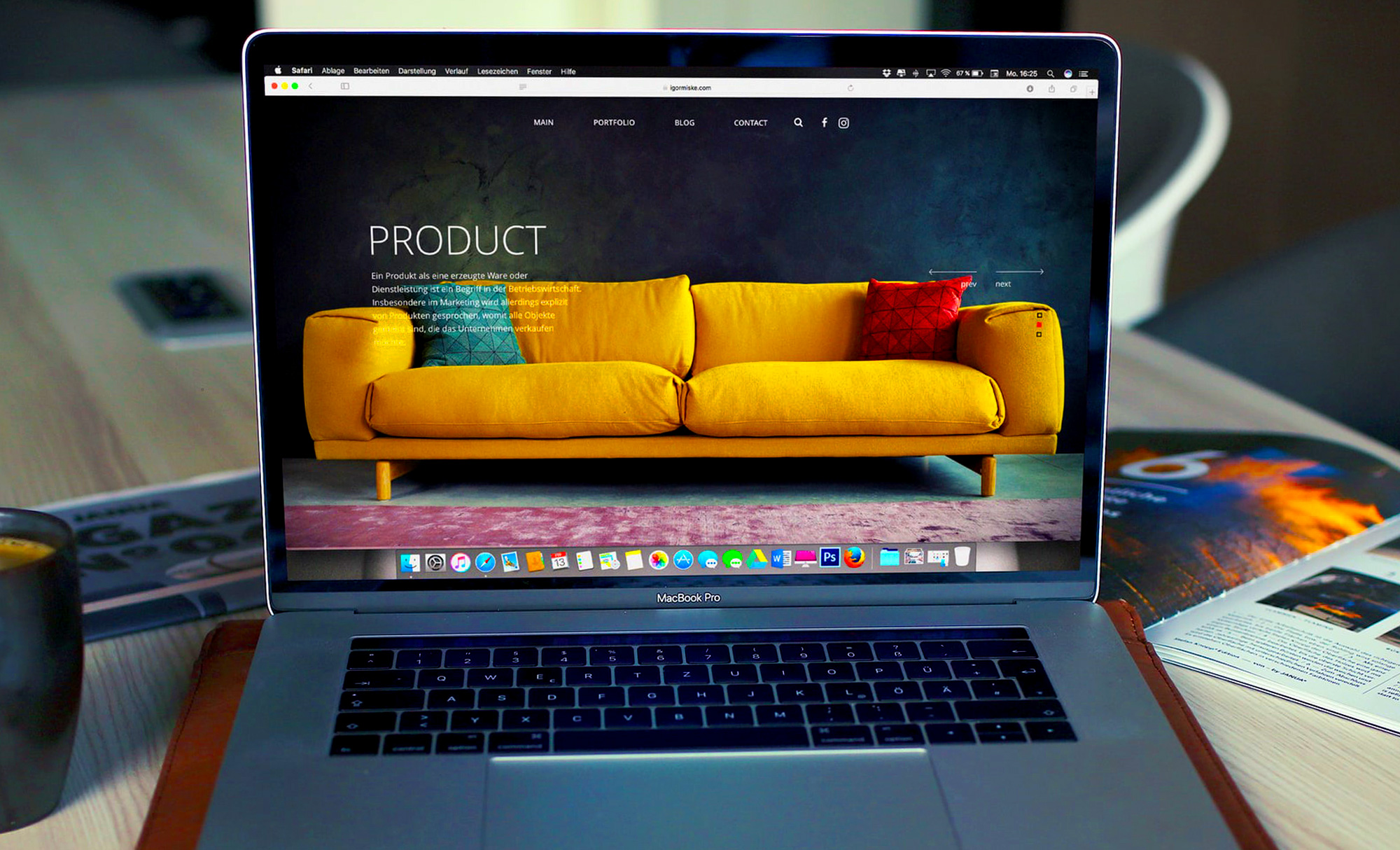
2021 Web Design Trends – Ninjawards
Each year, Cubicle Ninjas’ reviews the industry’s creative highs and lows to publish a curated list of notable efforts in each specialty. Think of it as a highlights reel of the years’ best and brightest, along with some cautionary tales.
One of the core ninja principles is to always question the status quo. The Ninjawards provides a platform for inspiration, constructive criticism, and ultimately, recognition of bright new areas of design or technology. We hope our thinking unlocks new perspectives about the future of your creative in Web Design!

Optimizing for Dark Mode
Research shows that the majority of people are now using dark mode on their phones and web browsers. Not only does it ease eye strain, but looks sleek and can help save battery life. However, viewing light-colored websites in dark mode can create a jarring experience for the user. In 2020, we saw organizations rise to this UI/UX challenge and optimize their sites for dark mode viewing, allowing users to toggle between light and dark mode as they prefer on supported browsers like Google Chrome. In the future, we expect to see this trend continue to rise and anticipate a need for closer designer and developer collaboration to create a seamless, flexible experience for users.

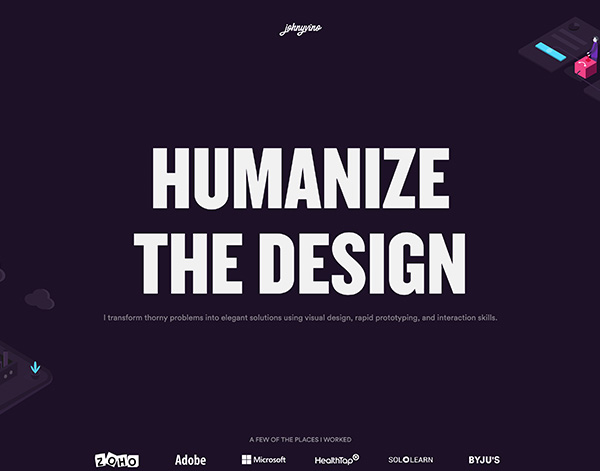
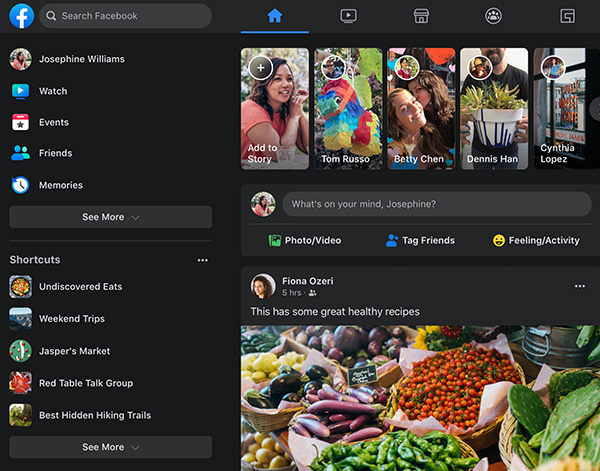
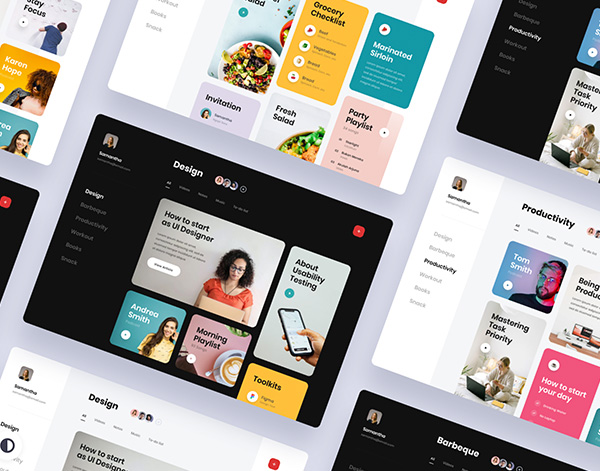
Social and Environmental Data Tracking
During a global pandemic or social unrest, numbers are everything. The need to track, organize, analyze, and communicate data becomes a dire essential – the quicker, the better. In response, we’ve seen a variety of both professional and amateur data tracking websites spring up with highly-detailed visualizations that put the numbers into perspective. These websites act as major drivers of user education, allowing the average person to understand the status of a virus or a political movement. We hope this 2020 trend continues into 2021 and empowers audiences to keep seeking out data to stay informed.
Improved Product Photography
With more people working from home and shopping from home, eCommerce sites and retargeting ads are more prevalent than ever, creating a need for better product photography. Many sites now show their products in 3D, allowing customers to view items from any angle. Companies are also beginning to show their products in-use in both image and video form, a strategy that gives users more information about the item and allows them to see themselves using it as well. This all falls under the umbrella of higher quality marketing – a must for brands that want to stay competitive and appeal to audience expectations.

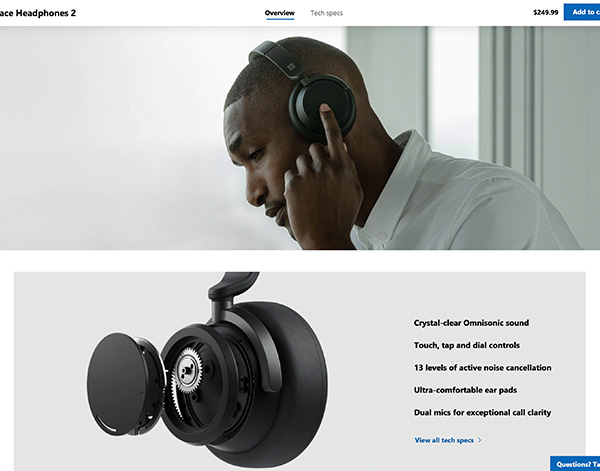
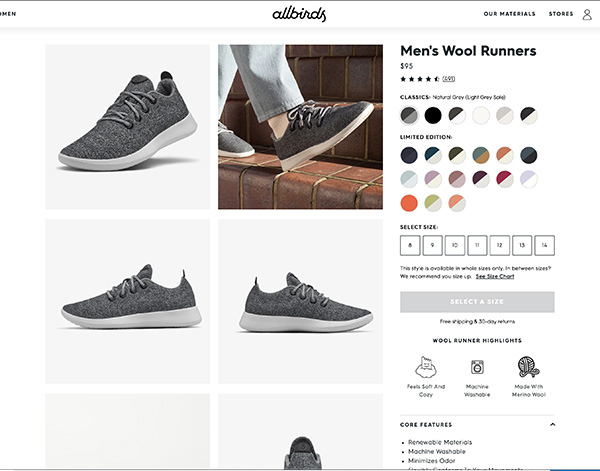
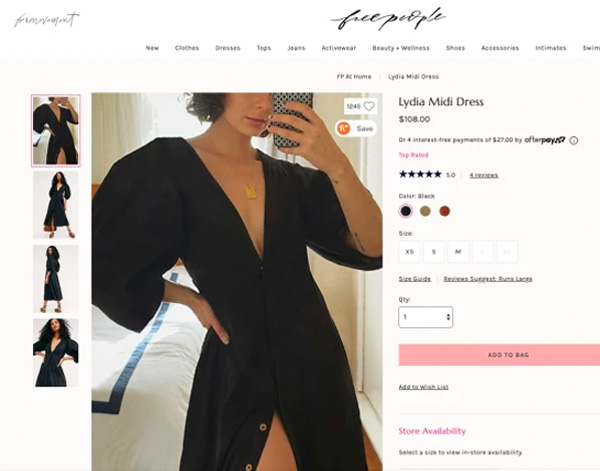
Accessibility in Web Design
Accessibility became more of a focus for web designers through 2020 and will continue into 2021. Dark mode is only a step in the right direction, but pairing it with fonts that are appropriate in size and weight for legibility, ensuring alt-tags are in place and understandable, along with many other best practices, will increase accessibility for those that have impairments. As some brands start witnessing lawsuits and other scenarios that affect accessibility in web design, adhering to ADA guidelines should be a top priority in 2021.
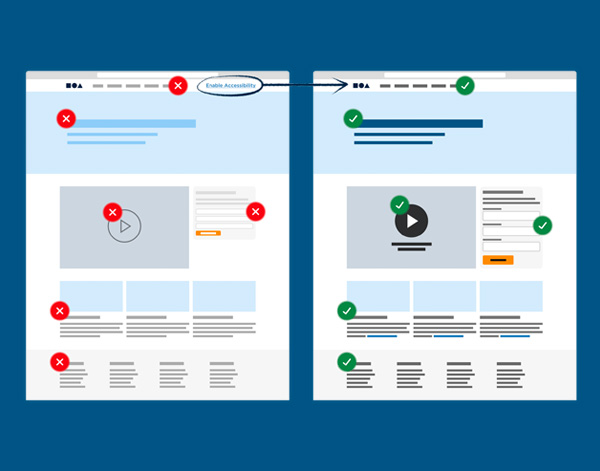

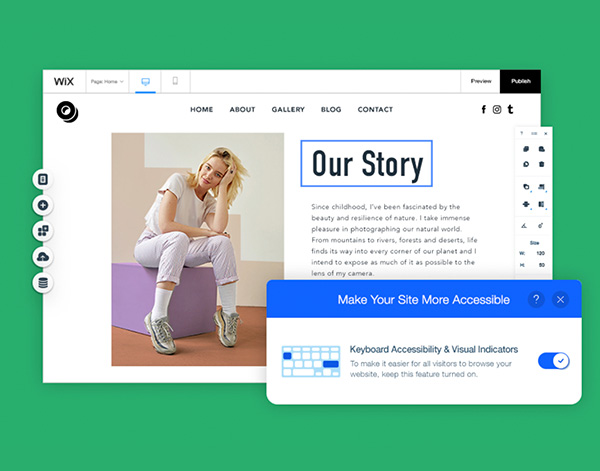

Voice UI
Voice interactions are nothing new, but have evolved with AI technology. An emerging UI/UX trend we saw in 2020 is voice user interactions. Chatbots can now be communicated with using voice commands, and virtual assistants will continue to pop up on websites and mobile apps in the near future. Using voice UI and touchless interactions makes it easier for users to find what they’re looking for and reduces the number of steps to reach the desired result.
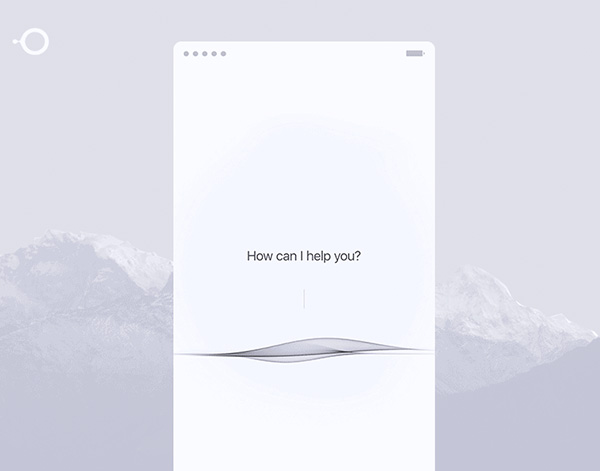

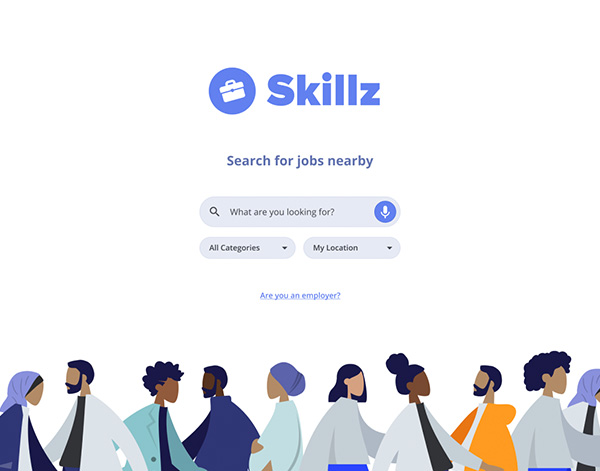

Gathering Inspiration from Nature
With stay-at-home orders and remote work dominating 2020, a lot of people spent more time cooped up indoors – designers included. Some weren’t able to go outdoors for long periods of time while others found themselves turning to outdoor activities to cope with inside isolation. With this longing for and return to nature, we expect to see more earthy tones, botanical textures, and natural imagery creeping into website graphics in 2021. Simply looking at imagery of natural spaces gives off a calm, soothing feeling, which people will turn to in the next year.
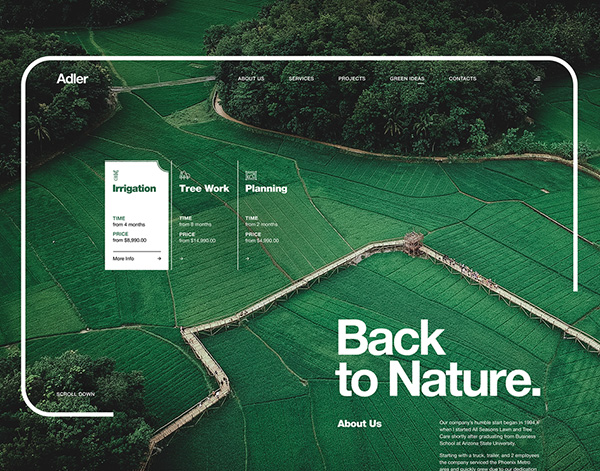

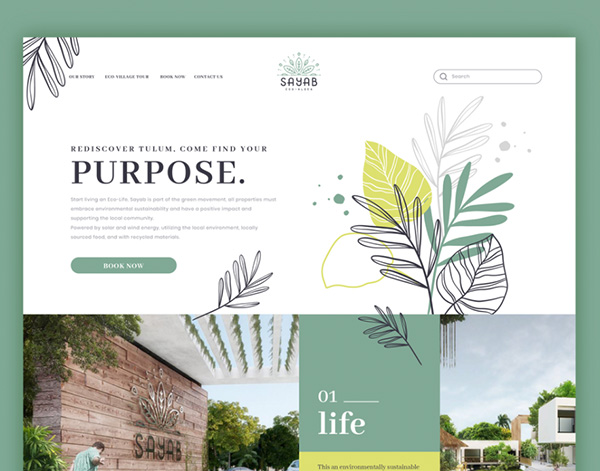
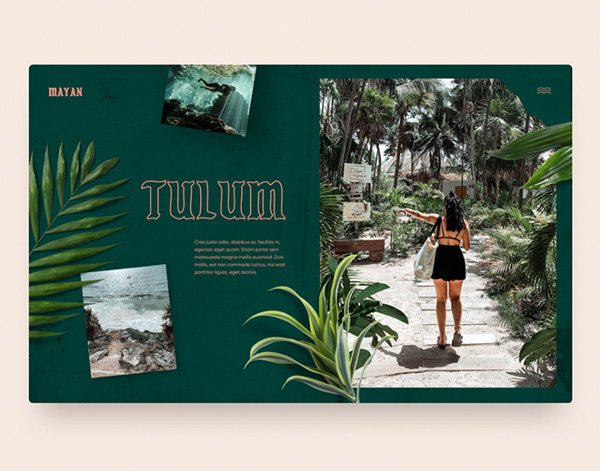
Privacy
Security isn’t a trend, but a necessity in UI/UX design. For designers and developers alike, it’s imperative that rules and standards are followed to protect both users’ privacy and company liability. It has been the wild west on the web, but with GDPR (General Data Protection Regulation) making advances, and data privacy laws coming to more states in the US, the days of using shady tracking and advertising approaches are ending. That’s good news. But it means designing more consumer-friendly, opt-in techniques today.
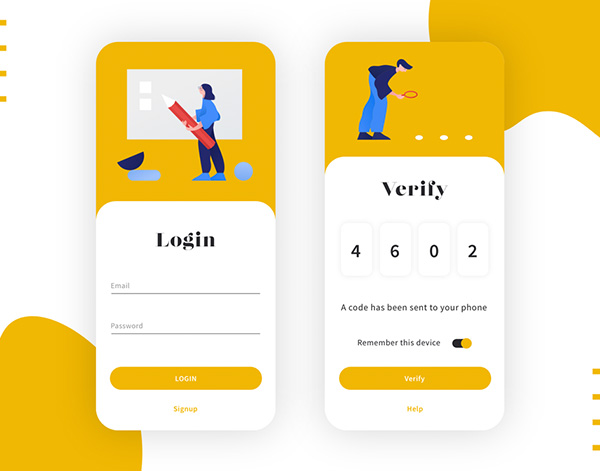
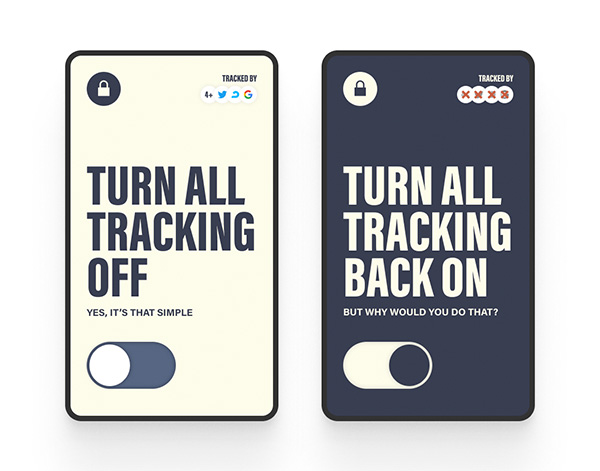



Putting a Social Media Feed on Your Website
A largely dated practice that no longer offers any practical value for users or brands is the hosting of social media feeds on websites. Not only are these feeds typically unbranded and clunky, but they actively break the rules of engagement. Successful brand messaging is specific to an audience and to a channel. Remember that consumers browsing a company’s Instagram are looking for very different content than those browsing the company’s Twitter and those reading the fine print on the company’s website. To force these different marketing avenues together muddies the messaging and creates unclear calls to action, resulting in organizations having less control over their own sales funnel. Let’s leave the feeds to their respective platforms and offer something that drives real engagement rather than just a duplicate social feed.

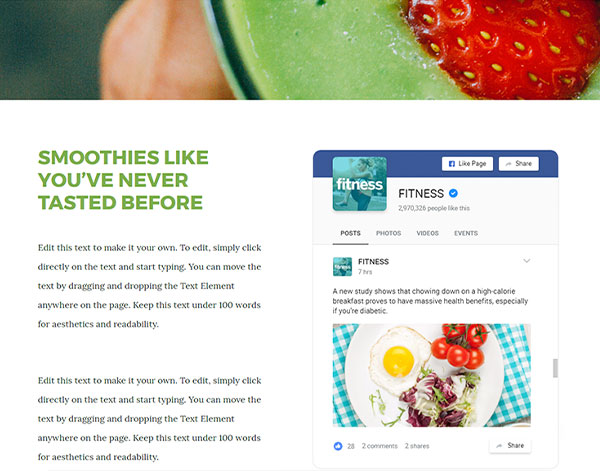

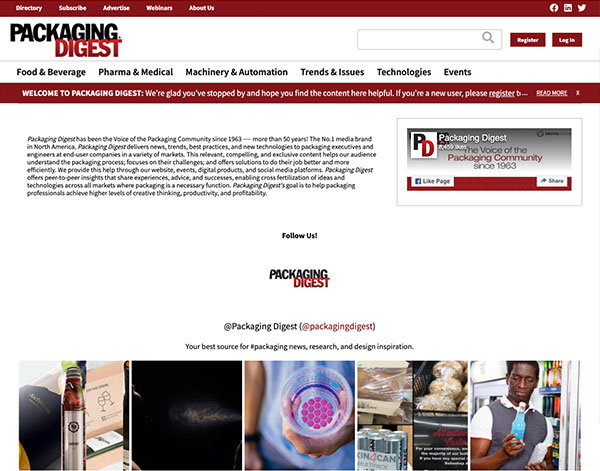
Overuse of Thin/Light Fonts
Part of delivering a great user experience is providing content that can be easily read and understood across all channels, devices, and audiences. The use of thin, light fonts continues to be a popular trend in design, however the lack of contrast can be problematic when applied to designs that will be primarily viewed on screens. Web designers need to be wary of the pitfalls when using thin fonts and focus on testing legibility across a variety of devices in order to ensure a good user experience. It’s also important to keep in mind that not all audiences define legibility in the same way. Checking typographic hierarchy against ADA accessibility guidelines is a great way to ensure a website can be properly read by all audiences.

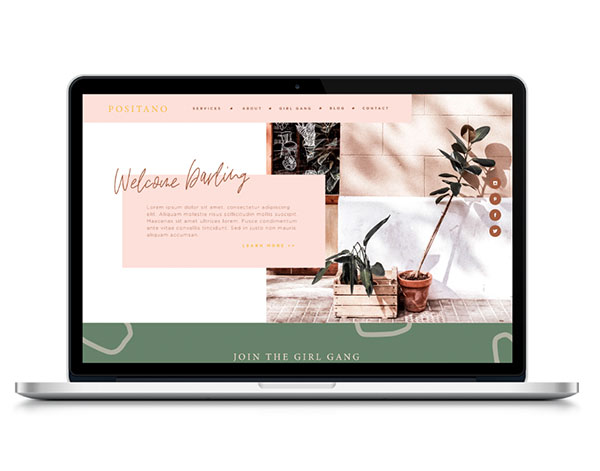
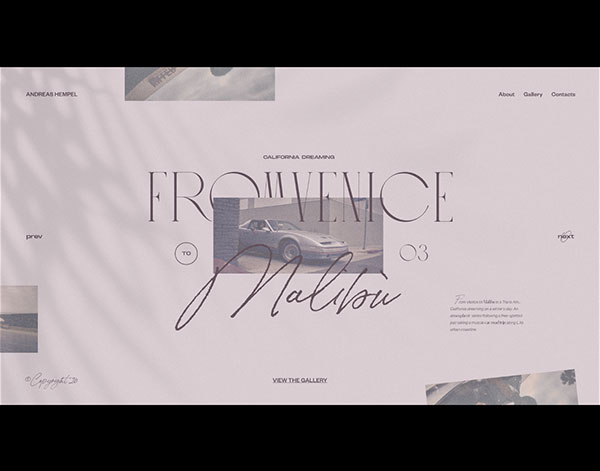

Rotating Image Carousels
According to a Nielsen Norman Group study, auto carousels negatively impact usability and eventual conversions. Although these have been seen as an easy solution for condensing large amounts of information on-page, oftentimes, this strategy leaves users overwhelmed and unwilling or unable to absorb the content. From a usability standpoint, auto-rotating carousels are often a challenge to those with motor skill issues and users who like to read at their own pace. These carousels also tend to cause functionality and usability issues on mobile devices. The result of these difficulties often leads to “banner blindness”, where users simply ignore these sections altogether. If auto-rotating carousels are a must, it’s important to keep the text short, include visible controls, and maintain high contrast so users don’t miss the message.

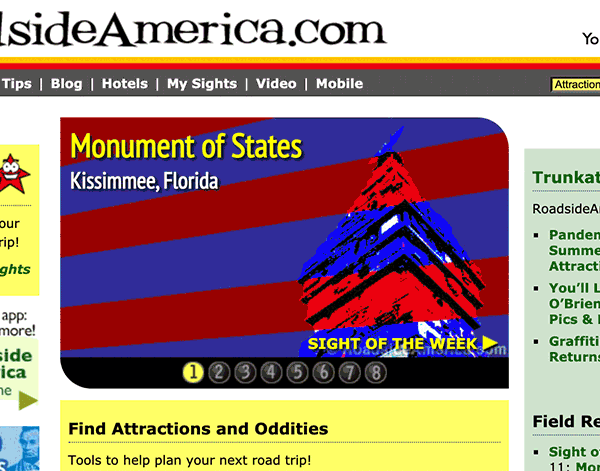
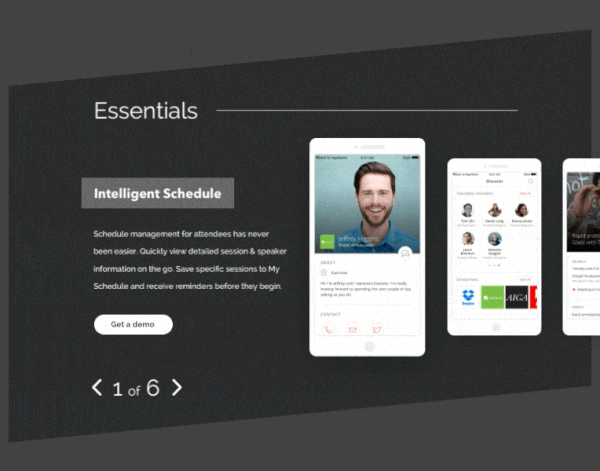
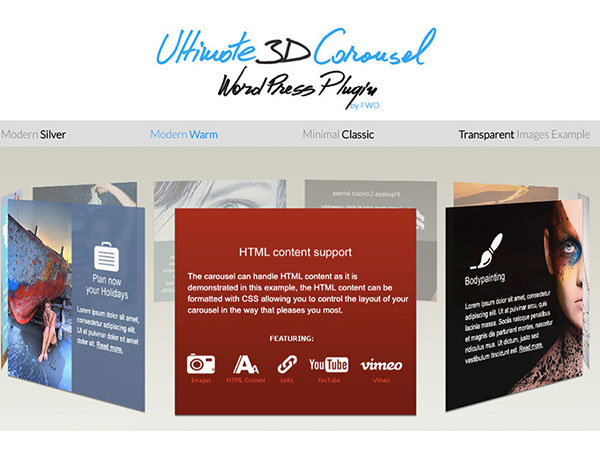
Misuse/Overuse of Hero Sliders
Hero sliders can be impactful and informative if used appropriately, however, when best practices are not followed, these popular page headers can do more harm than good. While this feature is an extremely common instance on many of our favorite websites, we’ve seen many examples where the elements get a bit carried away. From paragraphs of text in one slide to disjointed collages of images to annoyingly quick auto-rotating – it’s easy to see how some have treated the hero slider more like a PowerPoint presentation than the opening to a website. Remember that this area is often a user’s first introduction to your brand – keep your messaging clear and concise, establish your calls to action, and design with purpose.

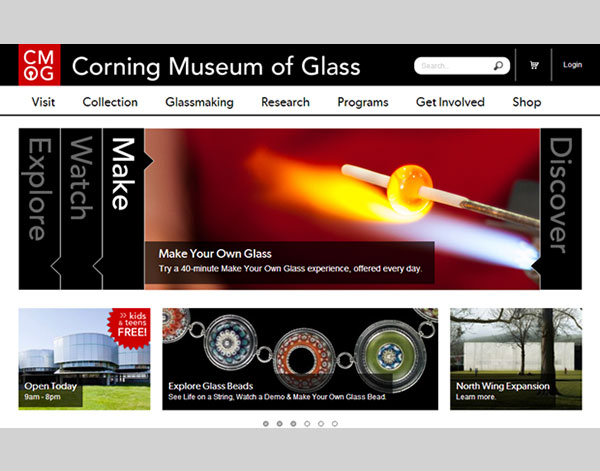



Embracing the Tactile Aesthetic
In a counter-movement to current web design trends (read: typical, clean, flat design), we predict web design in 2021 will explore new ways to provide users with unique visual experiences that capture the look and feel of analog technology. There will be an emphasis on graphics, layouts, and UI that heavily reference print design – think lush magazine spreads and intricate newspaper hierarchy – while stylized illustrations will bring to mind the tactile quality of hand-drawn art. Audiences will appreciate the nostalgic reminder of tangible materials while brands will benefit from differentiation amongst a sea of minimalist competitors.

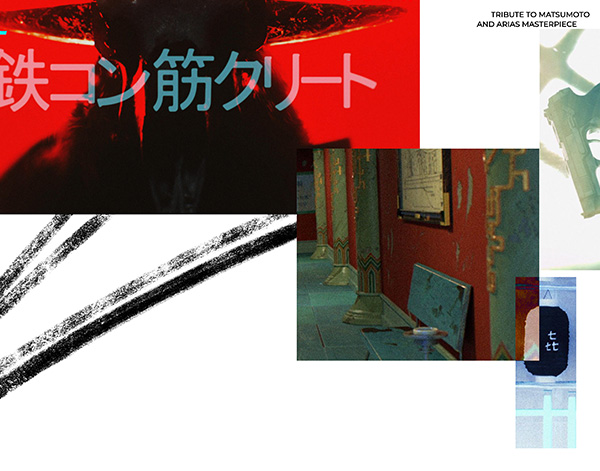
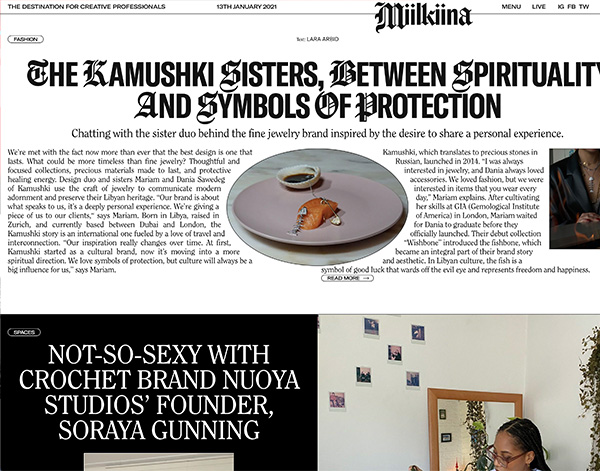
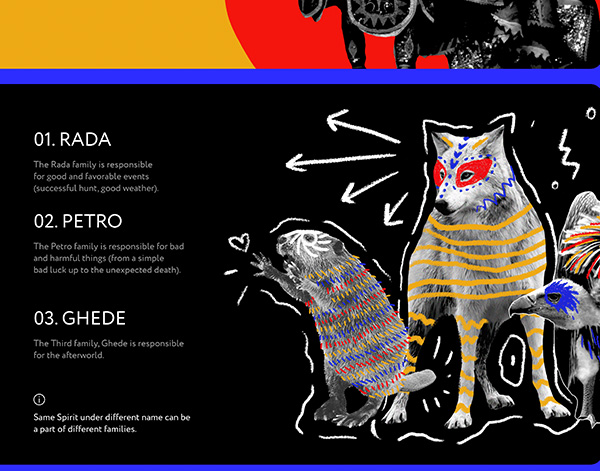
Retro-Nostalgia
Every year sees the return of classic design styles enhanced with a modern flair. 2021 will continue this trend with designs that take inspiration from the last half century, when creative experimentation was at its peak and the future was full of hope and opportunity for progress. From the saturated, inked look of 50’s pop art to the free and fluid compositions of 60’s psychedelia to the idealized digital future of the 80’s, these styles will gain new life with modern typography, brilliant color palettes, and new digital applications in 2021 and beyond.
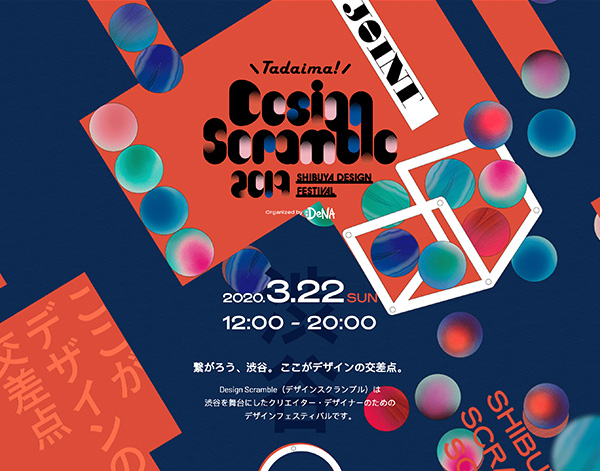
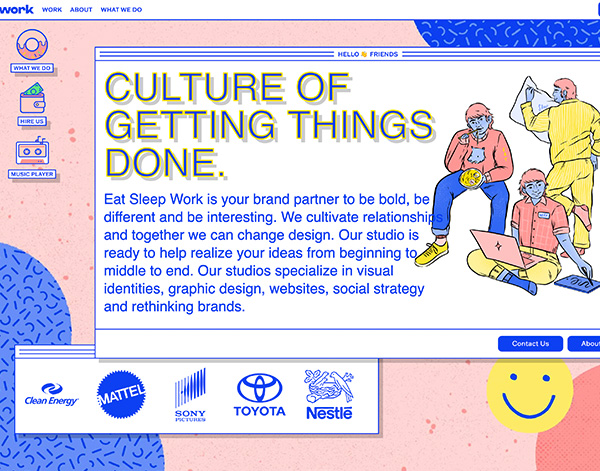
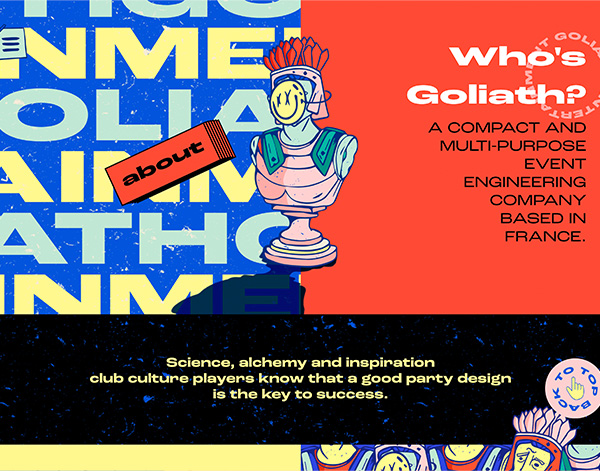

Interactive Digital Questionnaires
In recent years, interactive questionnaires have evolved from Buzzfeed click bait to invaluable marketing tools that benefit both consumers and companies. Popularized by haircare and cosmetics brands, these on-site questionnaires allow consumers to identify their challenges and goals and in response, receive instant, custom product recommendations tailored to their needs. These fully immersive brand experiences fulfill one of the most basic marketing tenets: understanding consumer needs. In 2021, we anticipate the application of interactive digital questionnaires across more industries as a sales, marketing, and brand building tool.

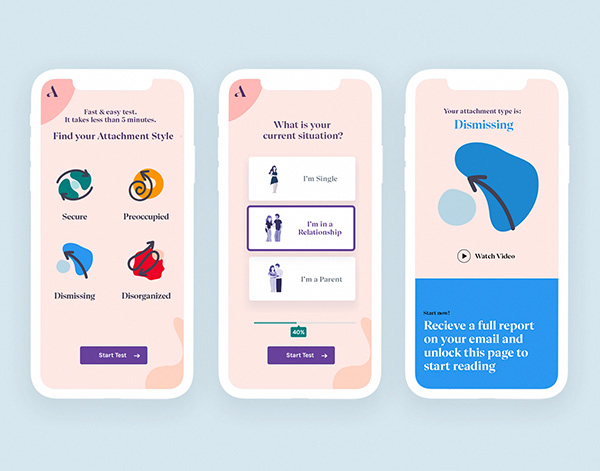
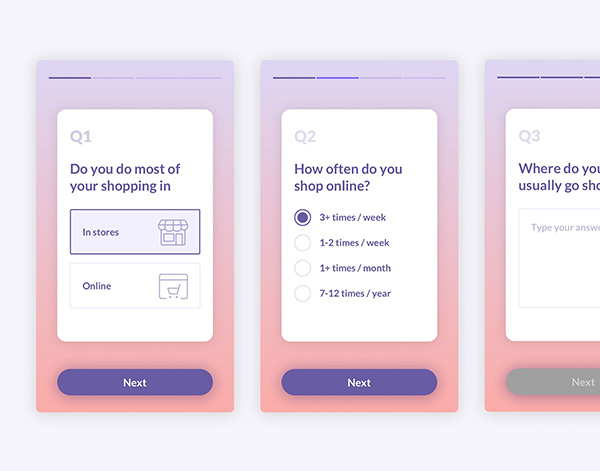

Design Initiatives to Promote Employee Wellbeing
The past year has brought many healthcare and mental wellness challenges to the forefront, especially when it comes to the workplace. 2020 saw the rise of web and app designs focused on providing solutions to a workforce struggling through hard times. From promoting connectivity to encouraging healthy habits, these initiatives are just the beginning of a trend towards a more holistic approach to happier workplaces.
